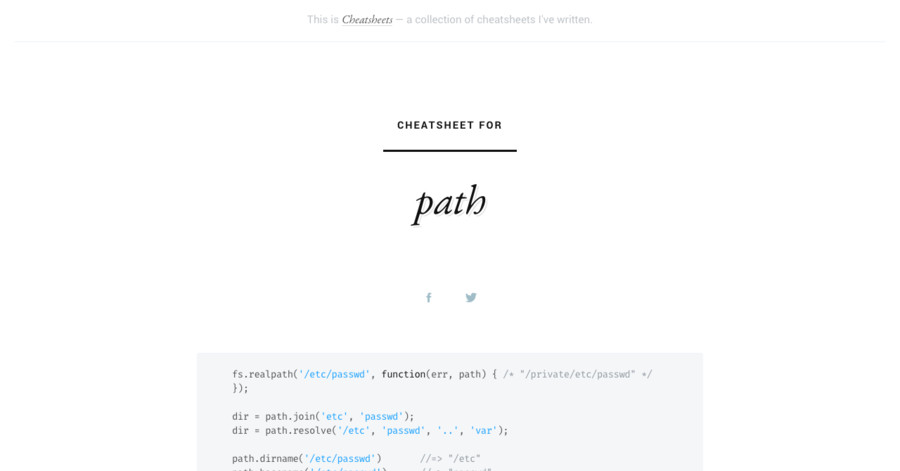

Give the instance a name you will remember. Create a new VM instance in the GCP console by clicking “Console” in the top right, and then clicking “-> Go to Compute Engine” in the dashboard (or you can select “Compute Engine” from the left-hand slider menu).Ĭlicking “Create instance” will bring up the instance configuration screen as seen in Image 2. If you need to, you can create a free account here. The app should now be running, and you can go to localhost:30 to see the simple “Hello World!” response.
#Quick node scripting install#
It will take just a moment to install the dependencies. Move into that directory and type npm install. When this completes, a new /nodejs-hello-world directory will be added to your file system. Now you can clone your project to your local system by typing: git clone /nodejs-hello-world.git Go to in your browser, and click “Fork” as seen in Image 1. We are going to set up a build pipeline that will respond to check-ins to our repo, so begin by forking the project. We’ll use the simple starter found here, to create a “Hello World” Node.js app. This article is focused on the devops side of things, so we won’t go into detail on how the Node.js app works. (Google offers a generous free trial account.) You’ll also need a Google Cloud Platform (GCP) account. You’ll need Git and Node/NPM installed on your system to follow along. This article describes a quick-to-deploy system for running an automated build, test, and deploy pipeline with Node.js, Jenkins, and Git. Inside the init function, let’s define the name of the class that is going to be exposed from the add-on.Build processes can be quite sophisticated for enterprise applications, but even simple and early-stage projects can benefit from automated build pipelines. Your browser does not support the video tag.
#Quick node scripting code#
Let’s start opening the lib.rs file inside the src folder, this file has a sample code to create and add-on that sums two numbers, let’s clean all the content in this file and start using the Coding Assistant to start the structure of the using a recipe. We are going to create a module that exposes a class with multiple methods. The cool thing is now we have a working environment where you can compile your source code into different architectures and easily require the final binary into you Node.js application. You need to install NAPI-RS first with your preferred package manager: COPY yarn global add or npm install -g or pnpm add -g a new project: COPY napi newįollow the steps to generate a template add-on project in the wizard.
#Quick node scripting how to#
We are going to learn how to start our first Node.js add-on with Rust using NAPI-RS. If you have built a Node.js add-on before, you know your options are C++ only, but this changes soon, you can use Rust now to build Node.js add-ons, yay! I love seeing Rust code getting in production services and keeping all the promises it gives us filling the gaps in Node.js apps. I learned there are situations where you need to offload part of the heavy work to an add-on architecture, usually in C++, to implement more complex and resource efficient processing or calculations that JS can’t hit easily. Since then I have been working heavily with Node.js in different scenarios and fixing performance problems for big companies that relay on Node.js for high availability and stability of their services. Learning Rust as been a big part of me when I started in 2015 just before joining Mozilla.


 0 kommentar(er)
0 kommentar(er)
